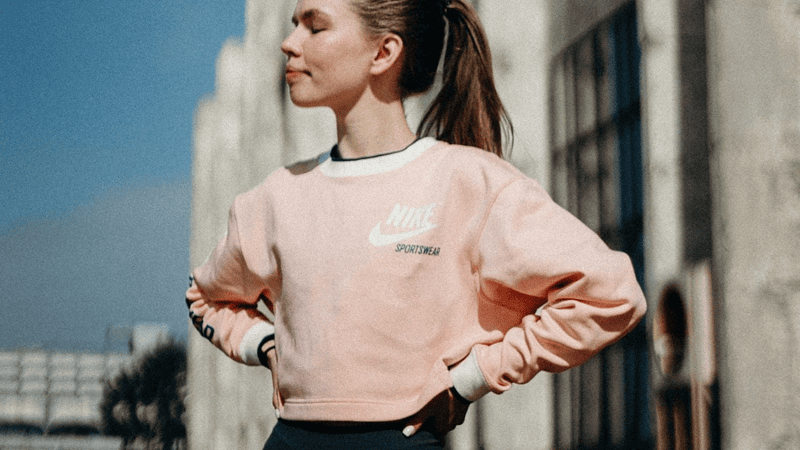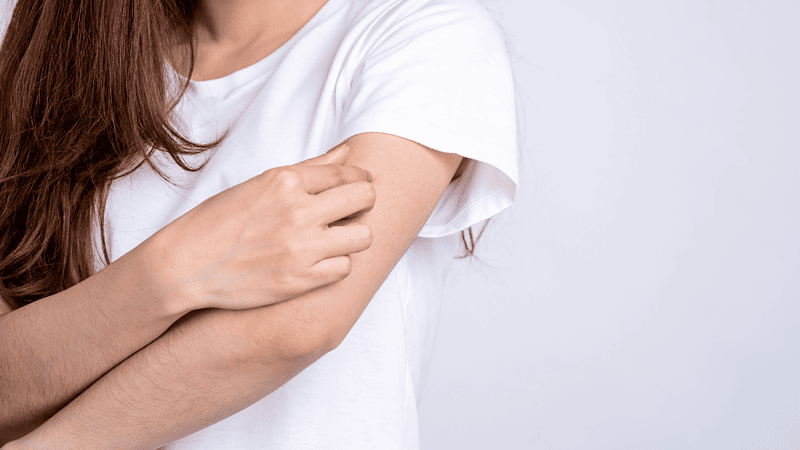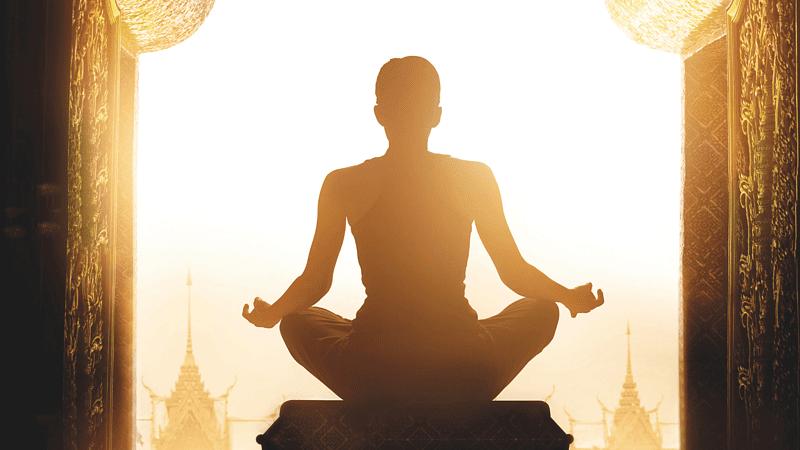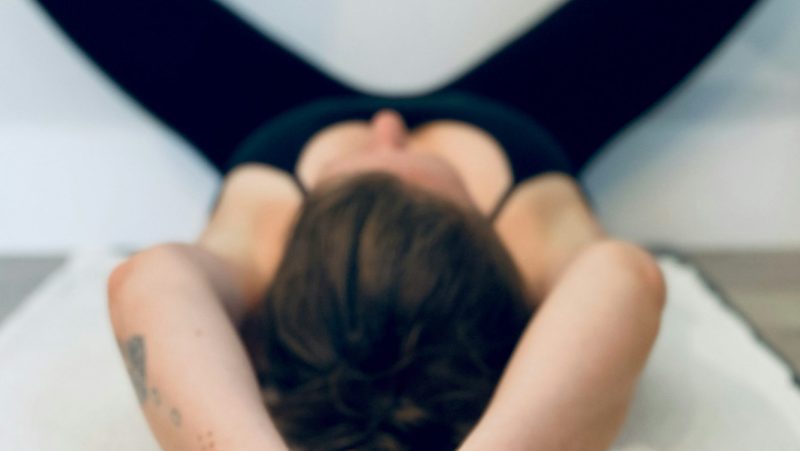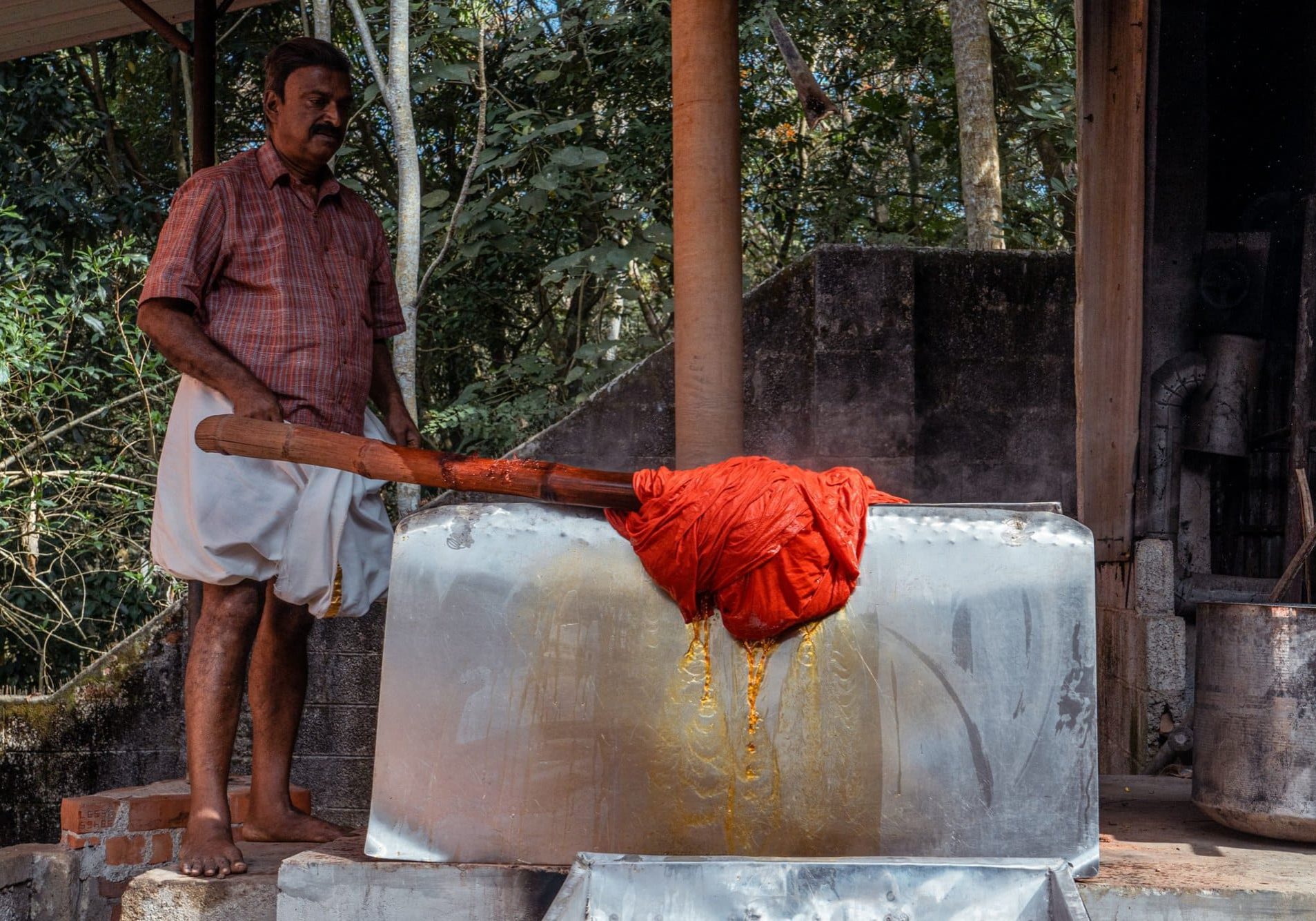
Exploring Ayurvedic Wisdom for Fashion's Sustainability Challenge
Ayurvastra: A 5000-Year-Old Solution to Fashion's Health and Environmental Crisis, Transforming Toxic Dyes into Medicinal Textiles - By Alana Redick
Reading time: 4 minutes
What is the solution for fashion’s water pollution, over-consumption and toxic dye health hazards that cause diseases such as eczema, endometriosis and acne? One word:Ayurvastra. Ayurvastra is a 5000-year old vedic-science and traditional process of dyeing textiles with herbs, roots and flowers. A branch of ayurveda, ayur (meaning health) and vastra (meaning cloth) translates to health cloth and was worn by yogis in ancient India. Sadly the art of this dyeing method is dwindling but conscious brands like TryKind Clothing have been successful in brightly colouring fabrics made for intimates and PJs. Ayurvastra is always made with zero chemicals, water reutilization, local and seasonal herbs; all the while working with local artisans and the Adivasi people in India.
The fashion industry is responsible for over 2.5bn gallons of wastewater, in China alone, due to textile dyeing (Remake, 2018). Over 250 ‘restricted substances’ have been found in textile manufacturing that pose potential health concerns due to the use of chemicals such as aldicarb, petroleum, radioactive
metals, NPEs and azo dyes (Mindbodygreen.com,2019). Documentaries like A True Cost and River Blue have appealed for change due to the deadly knock-on effects to the population, as aquatic life has been wiped out and a lack of uncontaminated drinking water for locals only amplifies the water crisis further.
Irrespective of the environmental impacts, the toxic chemicals found in these dyes have been linked to illnesses such as breast cancer and endometriosis if worn on the skin for long periods. Founder of the Fashion Revolution movement, Carry Sommers warned that: ‘These toxic chemicals are endocrine disruptors which could potentially affect our health and fertility. The body burden of chemicals is passed on from mother to child, with levels of some hazardous chemicals increasing from generation to generation.
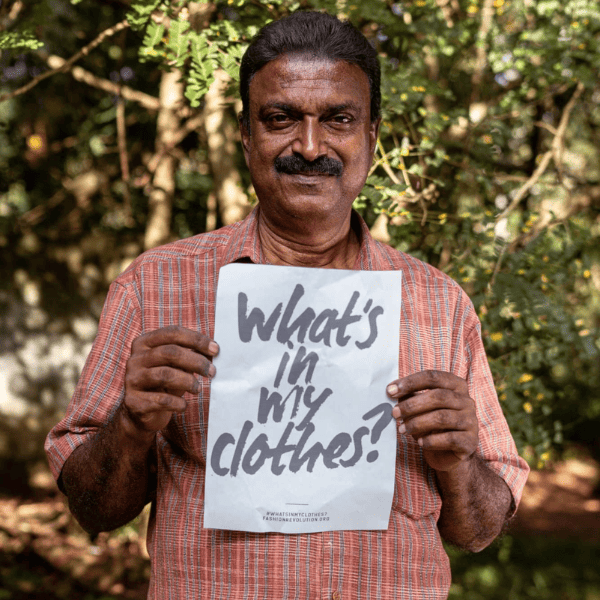
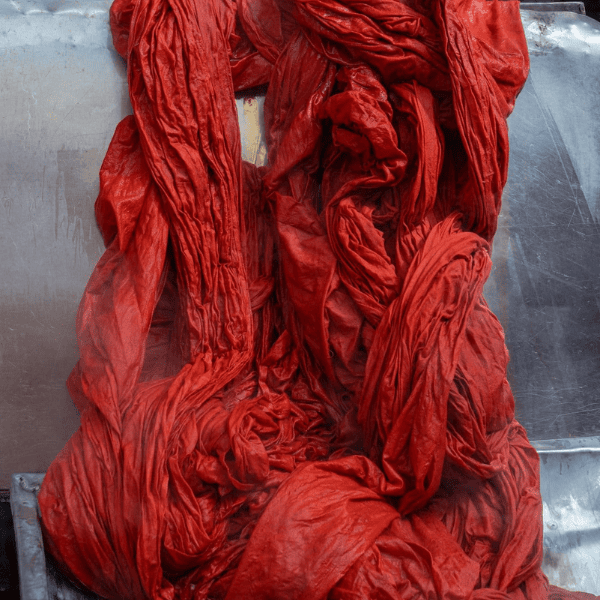
Instead of chemicals, the dyeing process of Ayurvasta uses the same plants used in Ayurveda that have healing agents which can soothe as well as boost the wearers’ immunity, minimize skin disorders and relax muscles. Each herb and each colour has a different effect for the body and can be worn for different reasons. For example, indigo flower blends are cooling for menopausal or menstrual symptoms and are also a natural sedative whilst neem blends are a skin superfood and are particularly sensitive for acne, eczema or psoriasis sufferers. The skin is the largest organ in the body and protects the body from disease agents and physical forces that stress its integrity. In fact, our skin is our body’s number one line of defense against anything in the outside world that might harm our health. Ayurvastra is dyed using medicinally rich herbs in such a way it holds all the goodness of the herbs preserved in our Ayurvastra Technology. When a user wears Ayurvastra textile it forms the second layer of the skin that protects and also boosts wellness.
All the ingredients for the dyes are locally sourced from the jungle next to the artisan village in Balramapuram, Kerala. The artisans cleverly replace the use of chemicals with minerals to fixate dyes, natural oils to soften fabrics and sunlight to bleach colours.
So will you be swapping your synthetic smalls to conscious clothing with ayurvastra dyes? As you purchase your next piece of clothing, think: 'What's in my clothes?' 'What is the fabric?' and 'What are the dyes made from?' From petrol to petals - brands like TryKind Clothing are on the rise to help women make their closet conscious and ensure skin health as well as intimate health is better for it too.


